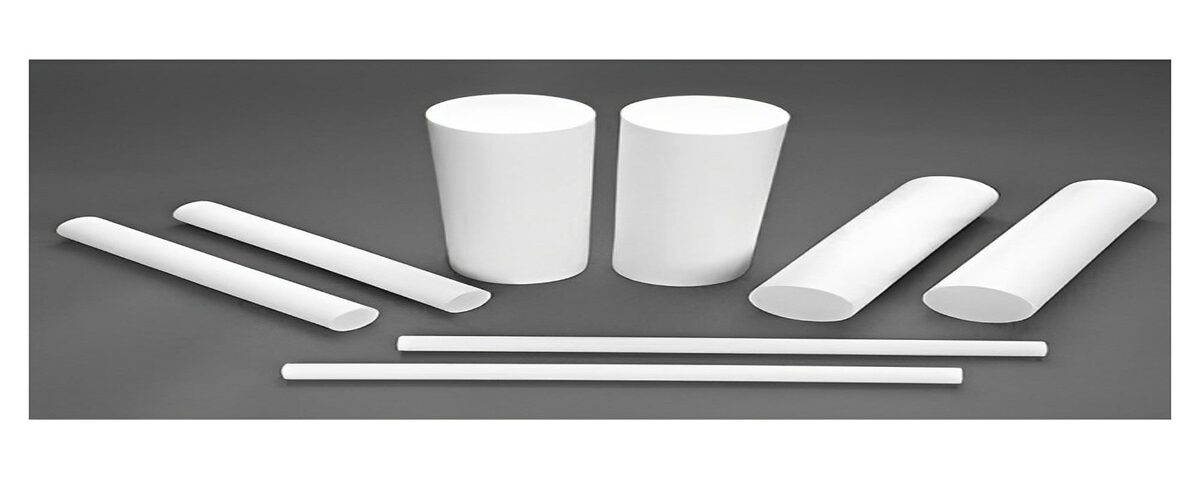
Is HDPE a soft or hard plastic?
December 26, 2024
Is PVDF Rod FDA Approved?
December 27, 2024Extrusion is a versatile manufacturing process used to produce plastic parts and products with continuous profiles. A wide range of plastics can be used in extrusion, depending on the specific application and desired material properties.
One of the most commonly used plastics in extrusion is Polyethylene (PE), particularly High-Density Polyethylene (HDPE) and Low-Density Polyethylene (LDPE). These materials are ideal for extrusion due to their excellent melt flow properties, flexibility, and durability. HDPE is widely used in piping and tubing, while LDPE is popular for producing films and sheets.
Polypropylene (PP) is another frequently used plastic in extrusion. It offers high chemical resistance, low density, and excellent processability, making it suitable for applications such as automotive components, packaging materials, and fibers.

Polyvinyl Chloride (PVC) is extensively used in the extrusion process to produce pipes, window frames, and profiles. PVC’s versatility, affordability, and resistance to weathering make it a popular choice for construction applications.
For engineering and high-performance applications, materials like Acrylonitrile Butadiene Styrene (ABS), Polycarbonate (PC), and Nylon (PA) are commonly used. These materials provide higher strength, toughness, and thermal resistance for demanding applications.
Additionally, thermoplastic elastomers (TPE) and thermoplastic polyurethane (TPU) are extruded for flexible applications, such as hoses and seals.
In conclusion, extrusion can accommodate a wide variety of plastics, from general-purpose materials like PE and PVC to advanced engineering plastics, ensuring versatility across industries like packaging, construction, and automotive.






